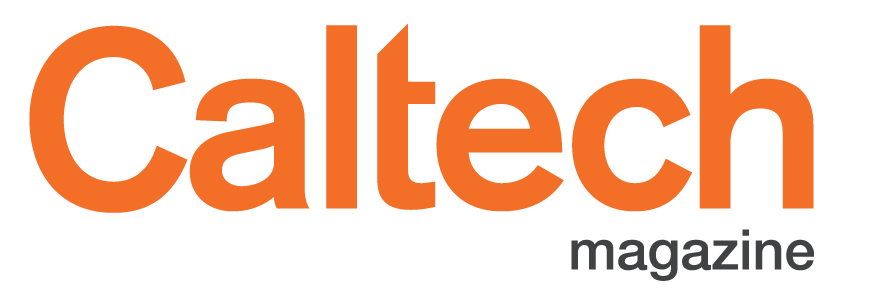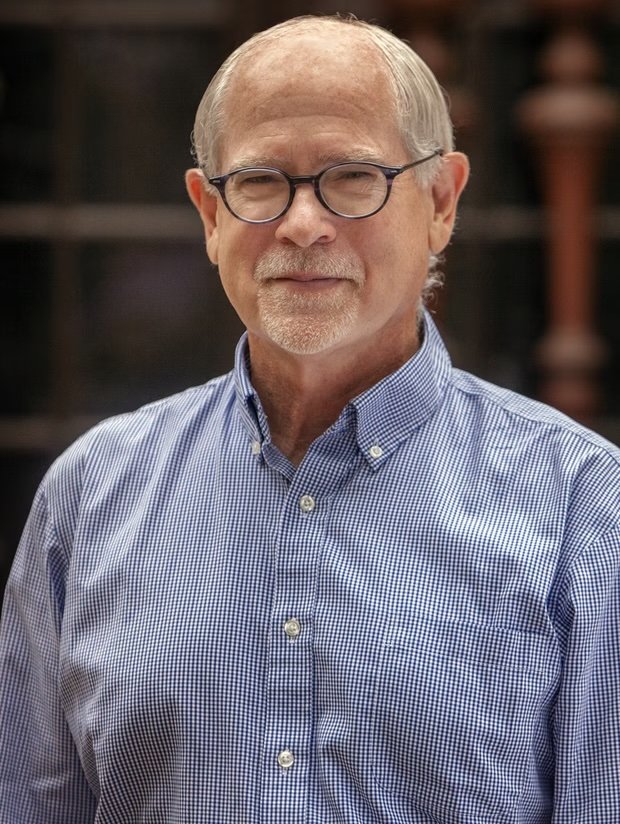This Alum’s Startup Is Pulling Carbon Dioxide Right Out of the Air
by Andrew Moseman
Christopher Jones. Image: Georgia Tech
To make a difference in a global problem like climate change, scientists say humanity may need to remove carbon dioxide, and lots of it, from the atmosphere. One of the best technologies for the task is called direct air capture (DAC), which as the name suggests, scrubs carbon dioxide out of thin air. The problem is one of scale: We may need to remove as much as 10 billion tons of CO2 by 2050, far beyond the power of today’s systems.
For nearly two decades, Christopher Jones (PhD ’99), a Caltech alum and professor at Georgia Tech, has been investigating chemicals called amines to do the job of carbon scrubbing. This is the most common DAC technique. But when it comes to scaling up, he says, such technologies have a major Achilles heel. The amines degrade relatively quickly, so “the next time you use them, they’re not quite as good as they were before.” That makes it challenging to deploy and maintain a large fleet of machines to scrub Earth’s atmosphere.
Jones thought there had to be another way to scale up DAC systems, and he found inspiration in his own doctoral studies at Caltech under Mark E. Davis, the Warren and Katharine Schlinger Professor of Chemical Engineering, Emeritus. While working with Davis, an expert on zeolites, aluminosilicate minerals often used as industrial catalysts and absorbents, Jones gained deep experience with the materials. When he first began his work on direct air capture, however, he had dismissed zeolites as an option because of one big factor: water. “Zeolites like to absorb water more so than they like to absorb CO2,” he says. “And there’s lots and lots of water in the air.” The amines he had been researching for DAC did not have this problem; they work just as well in the dry high desert air as they do in soupy Houston or New Orleans.
After a decade of dealing with amines’ downsides and degradation, Jones says he began to reconsider zeolites again in 2018. Although their affinity for absorbing water made the materials inefficient in humid places, the global nature of the problem meant it might be worth deploying zeolites only in dry places where they perform best. “That’s what made me realize, well, if water is the problem, we could choose to operate in a place that’s pretty dry,” Jones says. From this insight, a new partnership was born in the form of a start-up called ZeoDAC that Davis and Jones launched in 2023. “It’s a bit of a flashback to my PhD days,” Jones says. It’s been a lot of fun.”
Mark E. Davis. Image: Caltech
Davis adds: “ZeoDAC is a perfect marriage of expertise between Jones and his program at Georgia Tech that is leading the academic world in DAC and our long history of work on zeolites at Caltech.”
Their return to the idea of zeolite-powered direct air capture had fortuitous timing. “Just by coincidence, when I was having those thoughts,” Jones says, “Mark was identifying what we think is the best zeolite in the world for this application and patenting it. So, I viewed it as sort of the perfect storm. All the pieces came together at the right time for us to go ahead and start this company.”
In addition to targeting drier regions as the deployment sites for this technology, Jones and Davis developed a two-stage process to increase its efficiency. The first stage is to remove whatever water remains in the air in an energy-efficient way. This allows the second stage, which involves catching the carbon dioxide, to be as effective as possible.
To catch as much carbon as they can via this process, the team has tried multiple setups. The most promising one, Jones says, is basically a honeycomb coated in zeolites that grab CO2 as air passes through its individual ‘cells.’ Once the honeycomb is full of CO2, ZeoDAC applies a mild heat treatment that releases the CO2 from the collectors in a way that lets team trap and store it.
Crystal structures of various zeolites. Image: ZeoDAC
According to Jones, there are about six basic ways to take carbon from the atmosphere, ranging from efforts to boost nature’s ability to store CO2 in rocks to the more technologically advanced direct air capture. Meeting the world’s carbon emissions reduction targets will take all of these approaches and technologies together, Jones says.
Direct air capture has the best potential for scaling up, but given its technological sophistication, DAC is, unfortunately, also the most expensive of the methods. However, Jones imagines a future in which many companies, all working on different forms of DAC, find ways to decrease costs and increase efficiency by not only refining their systems but also by placing them in their ideal locations. Still, he says, ZeoDAC has the potential to scrub plenty of CO2 even if it operates only in colder or dryer climates.
“Because the air is well mixed across the globe, we can choose to do this anywhere,” Jones notes. “And whether you do it in California or Maine; Alberta, Canada, or Monterrey, Mexico; it’s going to have the same impact globally.”



